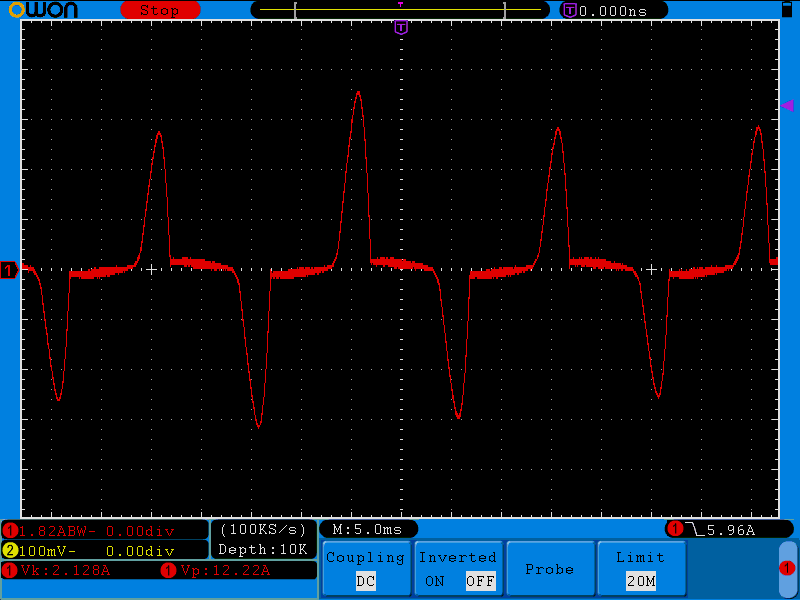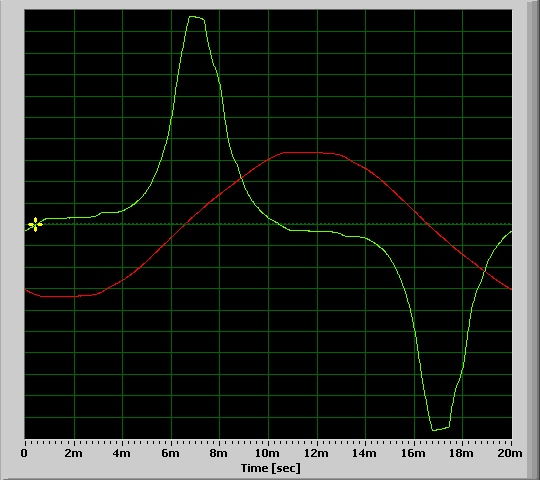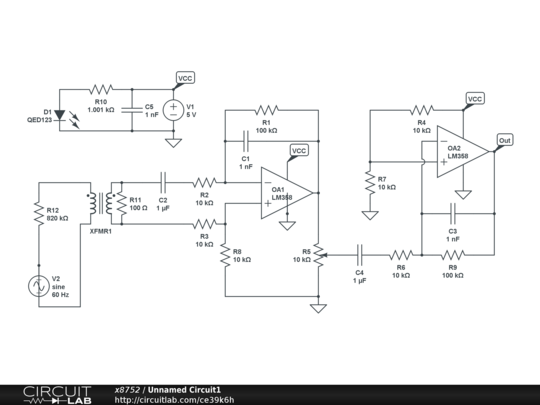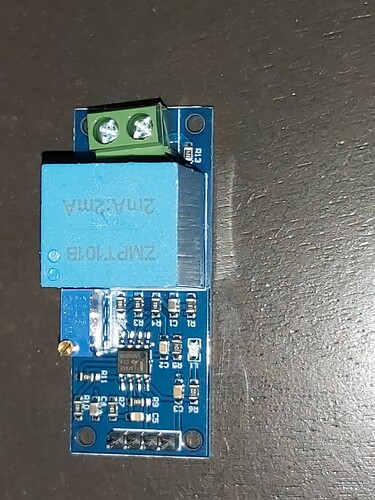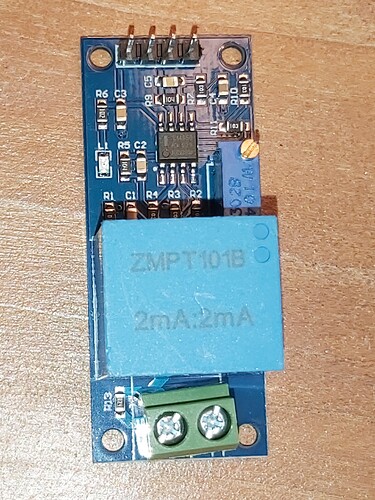I am in Canada, with two 100 amp 120v phases going into my house.
I would like to measure my total house current using an Arduino Uno and Emonlib, and I will have it transmit the data to an ESP32 via serial (but the Uno has the better ADC so I will use it for the measuring).
This means using two CT clamps, one over each mains phase.
I have seen how to measure two different clamps using the provided example. But I am wondering if I am supposed to sum these values to get total house current consumption, or if there is some “phase trickery” that has to occur and I can’t simply sum them? AC electricity and phases confuses me.
EDIT: I have also gotten this working with an ADS1115 and a modified library, but I had read previously that the 860 samples per second isn’t enough for accurate measurement of non-uniform loads. And I have an electric car charger, that goes from constant-current to constant-voltage, so I’m assuming that would be a very big non-uniform load, and if there’s any error from not having enough samples, it will show up there.
But the Uno is low resolution, enough that 0 load doesn’t read 0, it can have an error of up to 30 watts.
My question is which error is larger, the error from the ADS1115’s low sampling rate, or the error from the Uno’s low resolution? I have a feeling you are going to say the ADS1115 is worse but I would like to be sure.
